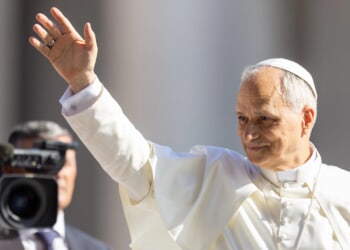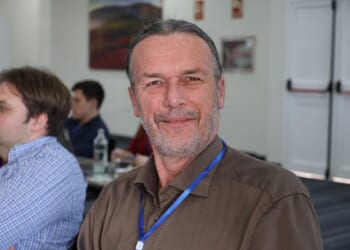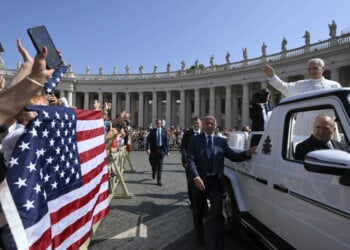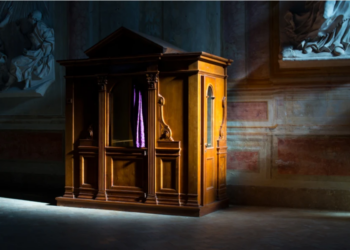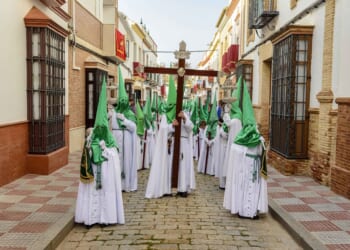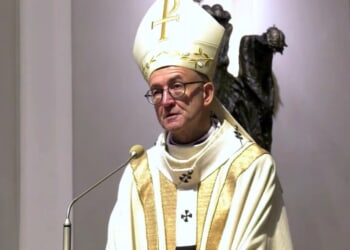National Catholic Register, Aug 19, 2025 /
18:43 pm
Pope Leo XIV made a private visit Tuesday to the Shrine of Our Lady of Mentorella, Mother of Graces, near Rome, underscoring his devotion to the Blessed Virgin Mary.
A favorite pilgrimage site of St. John Paul II and close to the picturesque mountain town of Capranica Prenestina, it is the fourth Marian shrine the Holy Father has visited since his election on May 8.
The Vatican said in a short statement that after visiting and praying at the shrine, Leo XIV spent some time with members of the Polish Resurrectionist congregation who run the shrine before returning to Castel Gandolfo.
Perched on the top of a small mountain overlooking a vast valley below with breathtaking views, the Shrine of Our Lady of Grace at Mentorella is said to have been founded in the fourth century by Constantine, who wanted to commemorate the site of St. Eustachius’ conversion. Pope Sylvester I had it consecrated around 335, and in the sixth century the land was given to the Benedictine monks at nearby Subiaco.
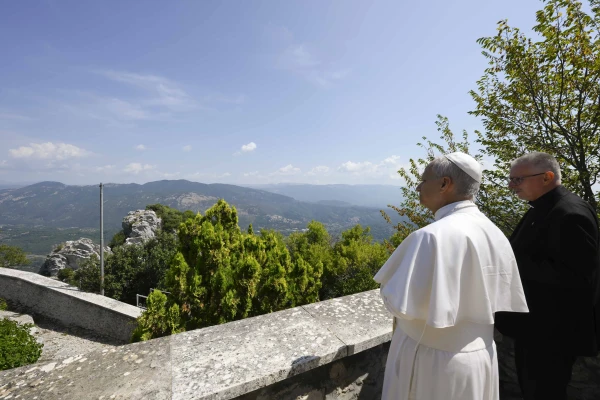
The shrine’s small church, with its gable façade and ogival windows, dates to the 13th century; behind it is a mystical grotto where St. Benedict is alleged to have lived for two years. During his visit on Tuesday, Pope Leo XIV lit a candle and prayed there.
The shrine as it is seen today was developed by Jesuit scholar Father Athanasius Kircher in the 17th century, believing it to be one of the 12 abbeys St. Benedict founded. The pope at that time, Innocent XIII, asked for his heart to be buried there.
The Polish Resurrectionist congregation has looked after the shrine since 1857.
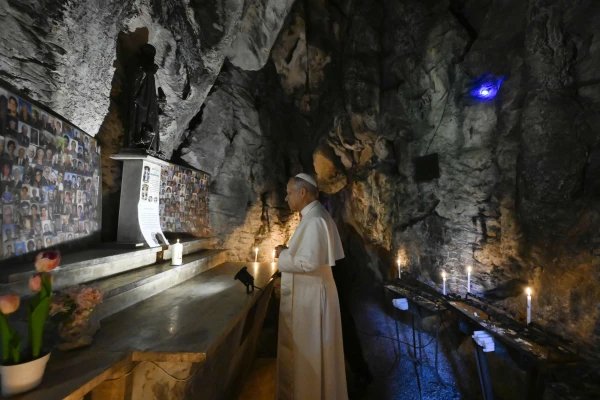
The shrine was the first Marian shrine Pope John Paul II visited after his election in 1978. He made several pilgrimages to Our Lady of Mentorella throughout his pontificate, using it as a place for personal prayer and reflection. During his visits, he used to cherish a hiking path leading to the shrine, now known as the Wojtyla Trail, which makes its way through a captivating landscape of small waterfalls surrounded by red rock.
Benedict XVI also visited the holy site soon after his election in 2005, celebrating Mass there exactly 27 years to the day of John Paul II’s first visit.
Leo’s fourth Marian shrine
Pope Leo has so far visited three other Marian shrines, the first being the Augustinian-run Shrine of the Mother of Good Counsel in Genazzano about an hour’s drive from Rome, on May 10, two days after his election. While in Genazzano he left a written note for Our Lady expressing his devotion to Our Lady of Good Counsel and asking for her help in his new mission.
He has also prayed before the “Salus Populi Romani” icon in the Basilica of St. Mary Major in Rome soon after his election — a special place of devotion also for Pope Francis, who is buried there — and on Aug. 17 he celebrated Mass at the Shrine of Santa Maria della Rotonda in Albano near his summer residence of Castel Gandolfo.
This week’s visit is therefore just the latest example of Pope Leo’s very apparent Marian devotion. Mariologists such as professor Mark Miravalle of Franciscan University of Steubenville have noted clear devotion to Mary in Leo’s pontificate so far — in common with Leo XIII — as well as possibly providential indications such as his papal election on the previous feast of the Mediatrix of All Graces.
The pope has repeatedly referred to the Blessed Virgin in his addresses and homilies as a source of consolation, hope, and help, particularly for those facing illness and suffering, and encouraging the faithful to grow in devotion to Our Lady.
(Story continues below)
Subscribe to our daily newsletter
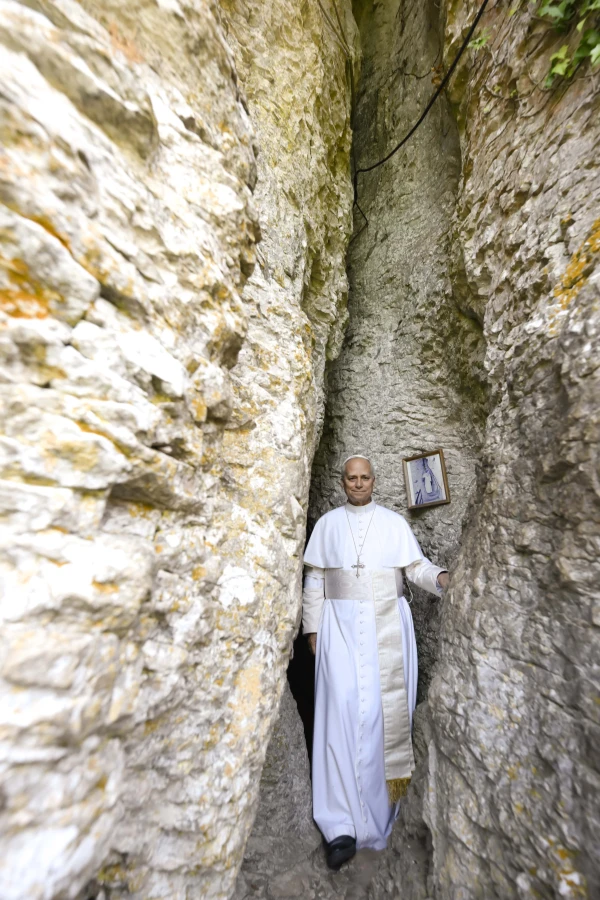
This week, the Vatican disclosed that he had responded in a magazine to a letter from a mother who shared some of her struggles with faith, inviting her to keep the Virgin Mary as a firm point of reference amid difficulties.
In an address during a 1978 pilgrimage to the Shrine of Our Lady of Mentorella, Pope John Paul II said the holy site, “hidden among the mountains, particularly fascinated me.”
Noting that the “Mother of Christ went to the hills to say her ‘Magnificat,’” he said that “this is a place in which man opens to God in a special way: [A] place where, far from everything, but also at the same time close to nature, one can speak confidentially to God himself. One feels within one what is man’s personal call.”
This story was first published by the National Catholic Register, CNA’s sister news partner, and has been adapted by CNA.




